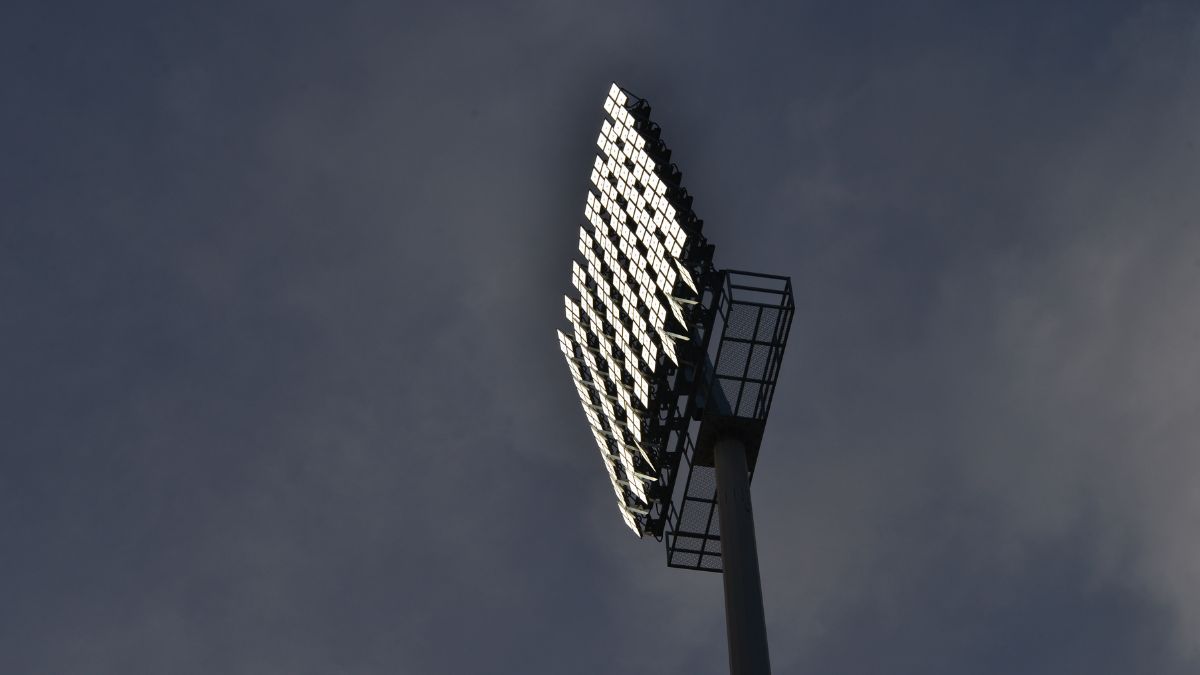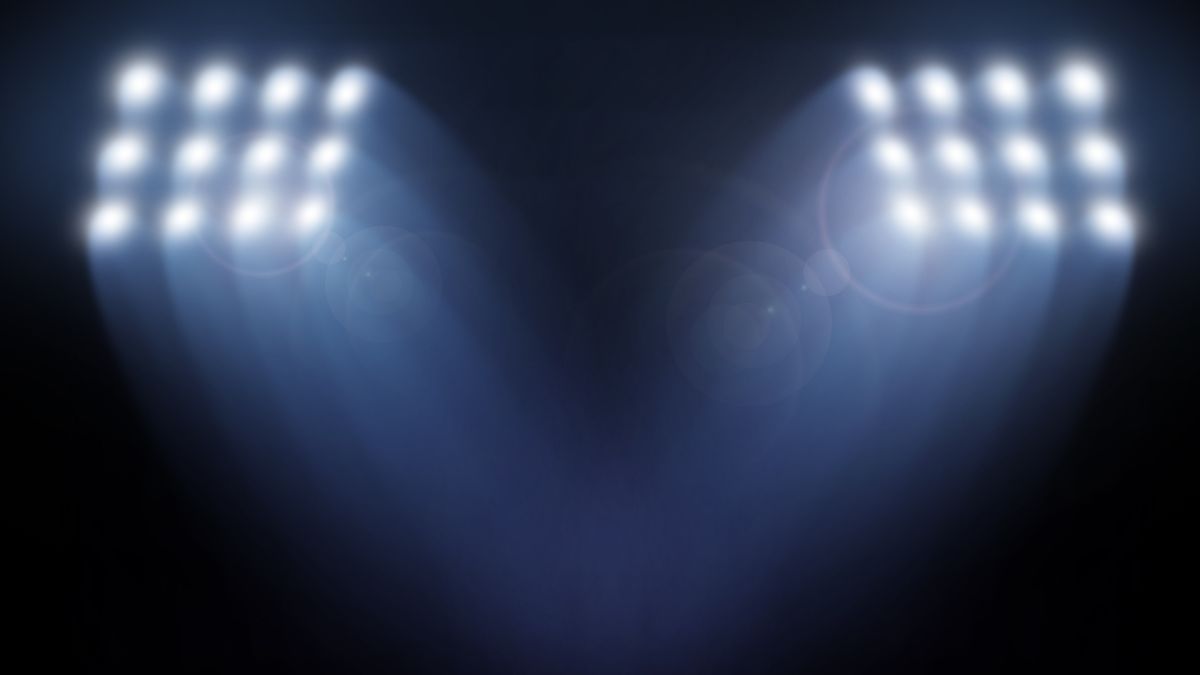As the sun dips below the horizon, floodlighting takes centrestage, casting a brilliant glow over our surroundings. But what exactly is floodlighting, and how does it impact our environment, wildlife, and human health? From enhancing security and safety to mitigating light pollution and energy consumption, the implications of floodlighting are far-reaching and multifaceted. In this comprehensive guide, we'll delve into the world of floodlighting, exploring its pros and cons, best practices, and the latest innovations in this field with our expert,Tushar Joshi,Principle designer atUtkarsh Vastukaran.
What Is Floodlighting?
Joshi said, "Floodlighting is a lighting technique that uses powerful and focused lights to illuminate a large area or specific object, often from a height or distance. It is commonly used in outdoor spaces like sports fields, parking lots, monuments, and building facades. Flood lights are great lighting fixtures that emit a broad beam of light. As the name suggests, flood lights are used to flood an area with light. It is the best way to provide an enormous amount of non-natural light to an area."

"LED floodlights are highly energy efficient and have a higher lumen per watt output than any other conventional lighting system. They are used for many purposes and also allow a range of lighting techniques," he added.
Don't Miss:Chandeliers vs. Pendant Lights: Which Is Better At Giving Your Living Room An Elegant Look?
Implications
Floodlighting has various implications:
- Aesthetic Appeal: It enhances the visual appeal of architectural structures and landscapes during nighttime.
- Safety and Security: Proper floodlighting improves visibility, reducing the risk of accidents and deterring criminal activities.
- Energy Consumption: Widespread use can lead to significant energy demands, impacting the environment if not managed efficiently.
- Outdoor Events: Flood lights illuminate large venues for concerts and festivals, enhancing atmospheres and improving the experience for attendees.
- Industrial and Construction: Essential in 24/7 operational sites like factories and construction areas, flood lighting ensures productivity and safety continue after dark.
- Landscape Design: In gardens and landscapes, flood lights add drama and highlight natural and architectural elements, creating captivating nocturnal environments.
- Emergency Situations: During disasters or power outages, temporary flood lighting setups provide crucial illumination for rescue and relief efforts.

Benefits
- Enhanced Visibility: Ideal for large outdoor events or areas requiring clear lighting.
- Improved Security: Reduces the likelihood of theft or vandalism.
- Aesthetic Design: Highlights architectural and natural beauty.
- Durability: Floodlights, especially LED ones, have a long lifespan and are energy-efficient.
Downsides
- Light Pollution: Overuse can contribute to skyglow, affecting nocturnal wildlife and human sleep patterns.
- Energy Costs: Improper usage can lead to highelectricity bills.
- Glare Issues: Poorly designed systems can cause discomfort or impair visibility.
- Maintenance Costs: Regular cleaning and replacement can be costly.
If you liked this story, then please share it. To read more such stories, stay connected to HerZindagi.
Image Credits: Freepik, Canva

Take charge of your wellness journey—download the HerZindagi app for daily updates on fitness, beauty, and a healthy lifestyle!
Comments
All Comments (0)
Join the conversation